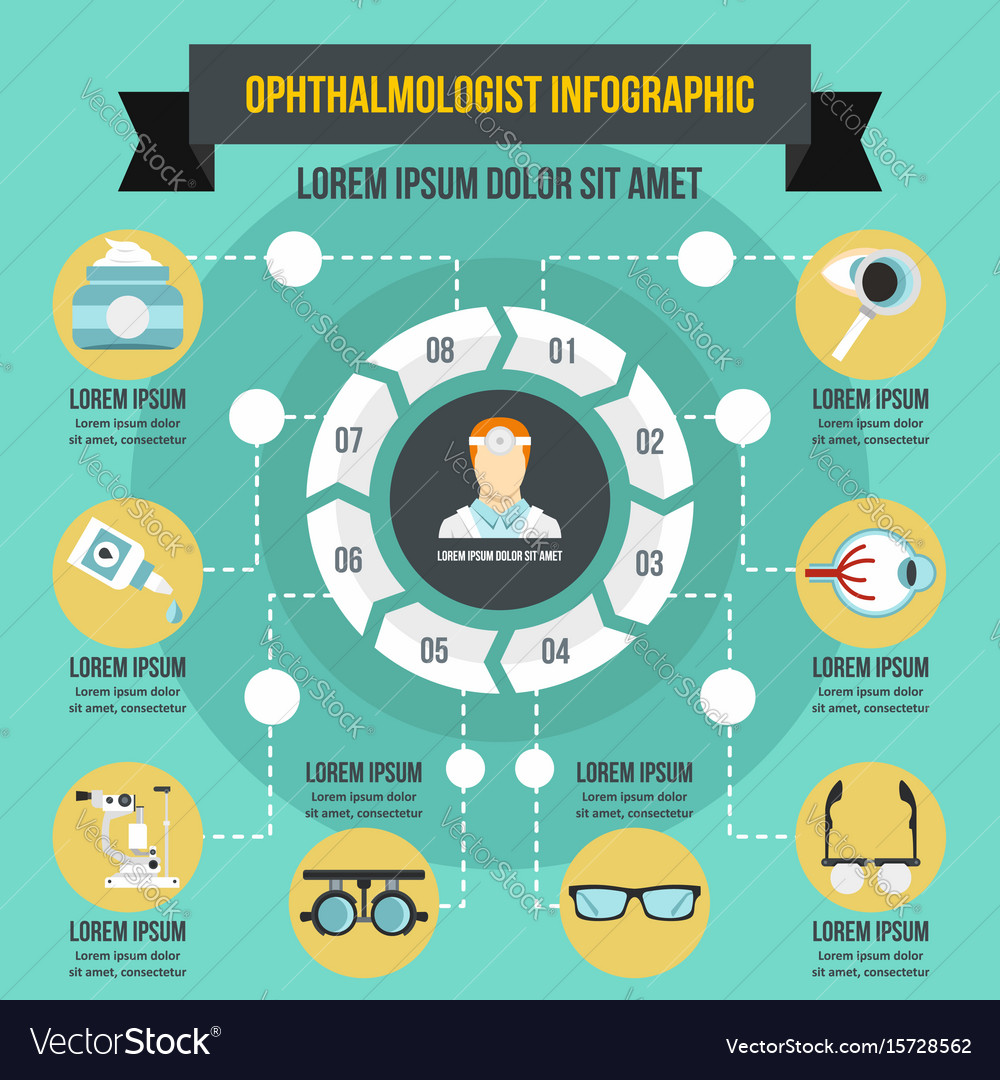Embark On A Captivating Journey Via The Advancement Of Cataract Surgical Treatment Techniques, From Old Origins To Advanced Advancements That Are Reshaping The Future Of Eye Care
Embark On A Captivating Journey Via The Advancement Of Cataract Surgical Treatment Techniques, From Old Origins To Advanced Advancements That Are Reshaping The Future Of Eye Care
Blog Article
Staff Writer-Hogan Kearney
As you explore the evolution of sophisticated cataract surgical procedure techniques, you'll witness a trip noted by ingenuity and precision. From ancient approaches that led the way for modern-day technologies to innovative technologies that are reinventing the area, the detailed overview of cataract surgical procedure techniques is a testament to human progress and dedication to boosting individual results. cataract surgery 8 between historical approaches and futuristic innovations develops a fascinating story that clarifies the evolution of among one of the most common surgical procedures worldwide.
Historical Techniques and Advancements
Check out just how early surgeons revolutionized cataract therapy by using innovative methods and tools. In the past, cataract surgical procedure was a dangerous and painful procedure. However, ancient Indian physicians were among the initial to attempt surgical interventions for cataracts, using a technique called 'couching' where a sharp tool was made use of to push the cataract back into the eye. This method, though crude by today's criteria, prepared for future advancements in cataract surgical treatment.
As LASIK Astigmatism Success Rate proceeded, Arab physicians made considerable contributions by creating specialized needles for cataract removal. These needles were utilized to pierce the cataract and after that extract it from the eye, noting a significant renovation in medical accuracy.
Later on, in the 18th century, the French cosmetic surgeon Jacques Daviel originated the technique of extracapsular cataract extraction, where the whole lens was removed undamaged through a bigger incision. have a peek at this web-site marked a major innovation in cataract surgery methods, paving the way for the modern-day treatments we use today.
Modern Surgical Approaches
Early techniques in cataract surgery have progressed significantly, causing the advancement of modern surgical strategies that prioritize precision and enhanced client end results. Modern cataract surgical treatment currently frequently includes a procedure called phacoemulsification, where an ultrasonic device breaks up the cataract for elimination through a tiny incision. This method enables quicker recovery and decreases the risk of issues contrasted to older techniques.
Additionally, the use of sophisticated intraocular lenses (IOLs) has revolutionized cataract surgical procedure end results. These lenses can correct not only the cataract yet also other refractive mistakes like astigmatism, minimizing the demand for glasses post-surgery.
Surgeons today likewise have accessibility to advanced imaging modern technologies that aid in precise preoperative planning and intraoperative decision-making. Optical coherence tomography (OCT) and various other imaging techniques give thorough photos of the eye's structures, enabling a more tailored method per patient's surgical treatment. With these innovations, modern cataract surgical treatment techniques remain to improve, supplying people much safer procedures and far better aesthetic end results.
Arising Technologies in Cataract Surgical Treatment
With developments in modern technology transforming the field, cataract surgery is witnessing the integration of innovative methods for boosted client end results. Arising innovations in cataract surgical procedure are improving the landscape of sensory procedures. One such improvement is femtosecond laser innovation, which permits precise corneal incisions, capsulotomies, and lens fragmentation, causing boosted medical precision and results.
Additionally, intraoperative aberrometry is getting appeal, allowing real-time measurements of refractive errors during surgical treatment to improve intraocular lens power estimations and minimize postoperative refractive surprises.
Furthermore, the use of innovative imaging technologies like optical coherence tomography (OCT) and intraoperative wavefront aberrometry aids surgeons in accurate medical preparation and execution. These tools offer in-depth anatomical info and help customize medical methods for each individual's unique eye features.
Furthermore, advancements in expert system are being discovered to help in preoperative preparation, intraoperative decision-making, and postoperative treatment, possibly enhancing medical results and client contentment. Accepting these arising technologies in cataract surgical treatment holds promise for further boosting individual outcomes and ensuring the proceeded development of ocular medical strategies.
Verdict
As you journey with the history of cataract surgical procedure, you witness the change from ancient techniques to cutting-edge modern technologies. Like a phoenix metro climbing from the ashes, cataract surgical procedure has progressed right into a beacon of hope and technology.
Equally as cataract surgery w/iol 1 stage emerges from its cocoon as an attractive butterfly, cataract surgical procedure has progressed right into a refined art form, offering patients more clear vision and a brighter future.
The development proceeds, shining a light on unlimited opportunities.
